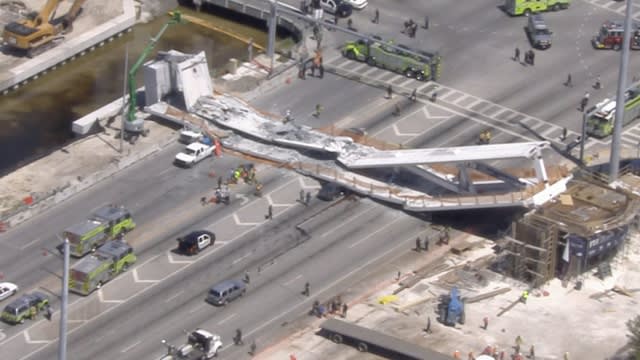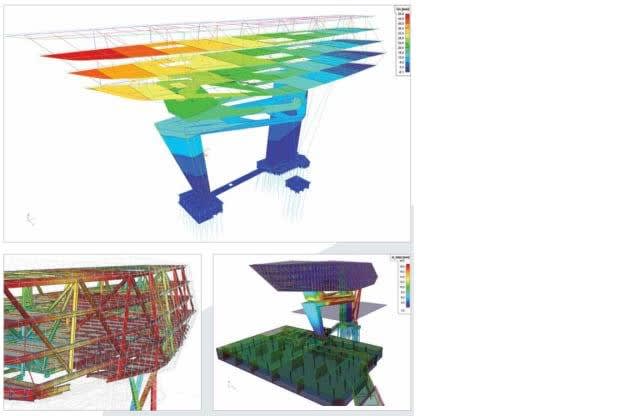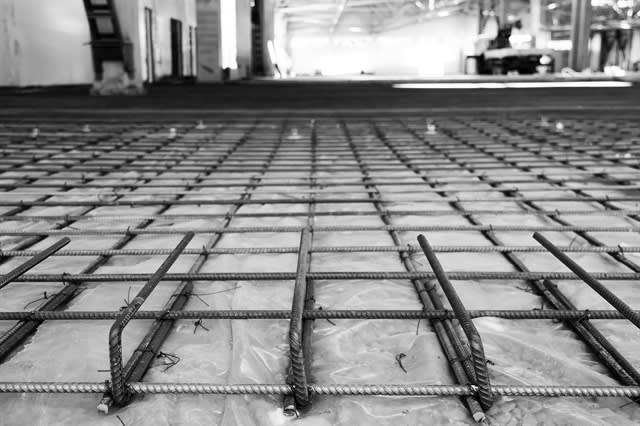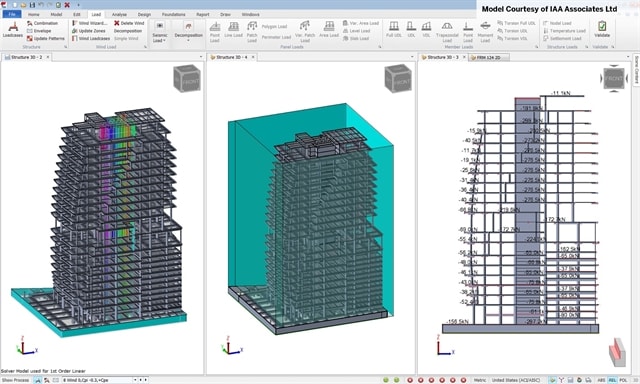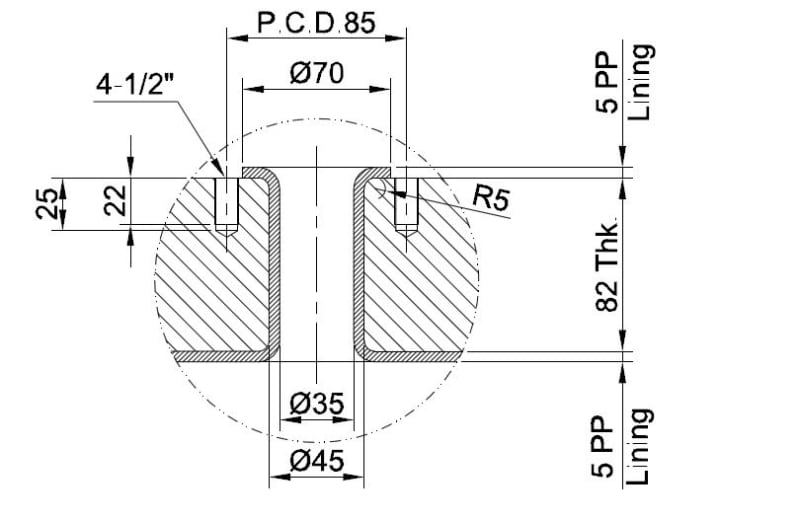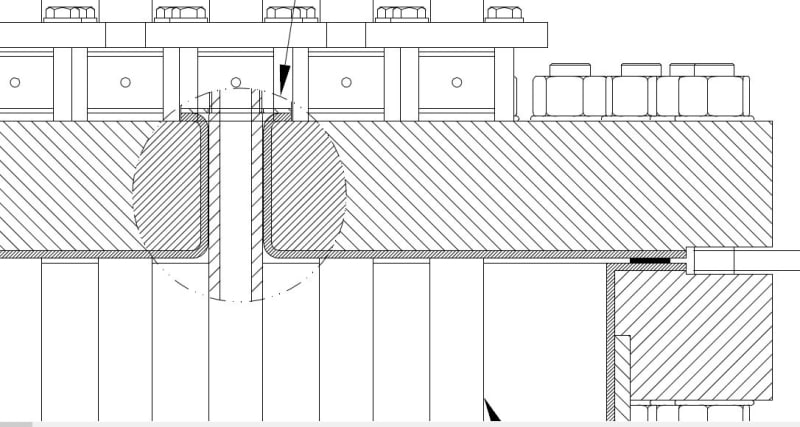Vishal Mistry
Mechanical
- Apr 25, 2018
- 8
Hello all,
I want to discuss regarding the design of blind flange with multiple opening on it. I have designed the blind flange as per ASME SEC VIII div I Appendix-2 and for multiple opening, I have also verified the flange as per UG-39(d)(2) and (e)(1).
Flange OD = 1100mm
Flange Thk. = 80mm
The blind flange has Dia.45mm 24 Nos. openings and 5Nos. Nozzles are mounting on it. Refer below sketch for your reference. Nozzle N1,N3,N2,N4 are 2"NPS and Nozzle N11 is 3" NPS. Refer below drawing.
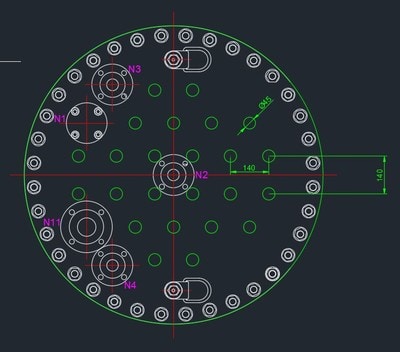
Please provide your suggestion on this.
Thanks & Regards,
Vishal Mistry
I want to discuss regarding the design of blind flange with multiple opening on it. I have designed the blind flange as per ASME SEC VIII div I Appendix-2 and for multiple opening, I have also verified the flange as per UG-39(d)(2) and (e)(1).
Flange OD = 1100mm
Flange Thk. = 80mm
The blind flange has Dia.45mm 24 Nos. openings and 5Nos. Nozzles are mounting on it. Refer below sketch for your reference. Nozzle N1,N3,N2,N4 are 2"NPS and Nozzle N11 is 3" NPS. Refer below drawing.

Please provide your suggestion on this.
Thanks & Regards,
Vishal Mistry

